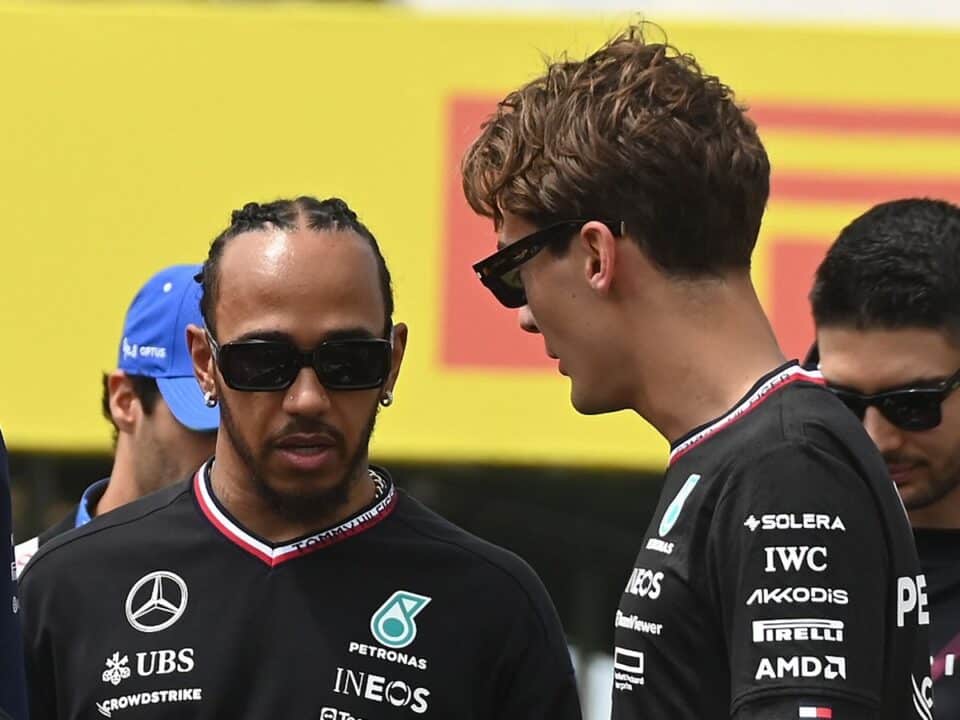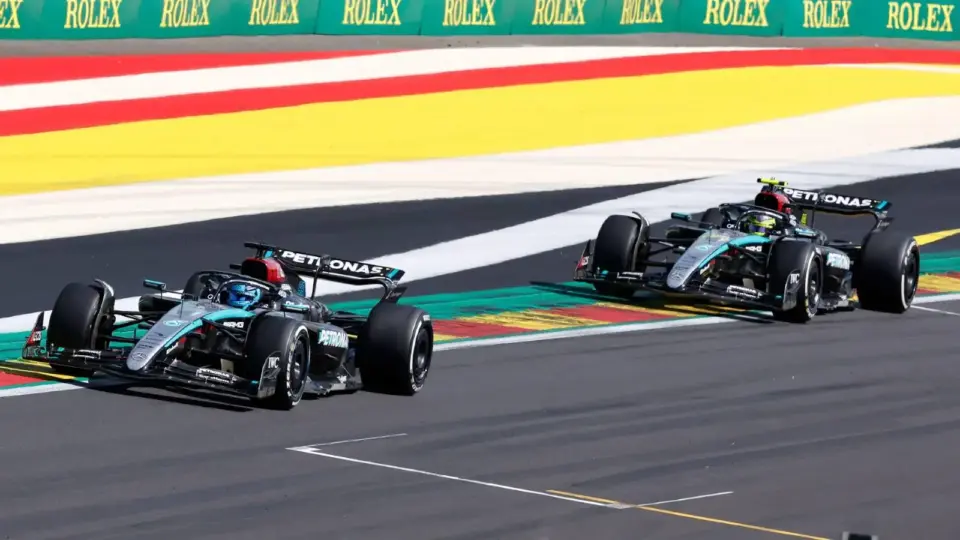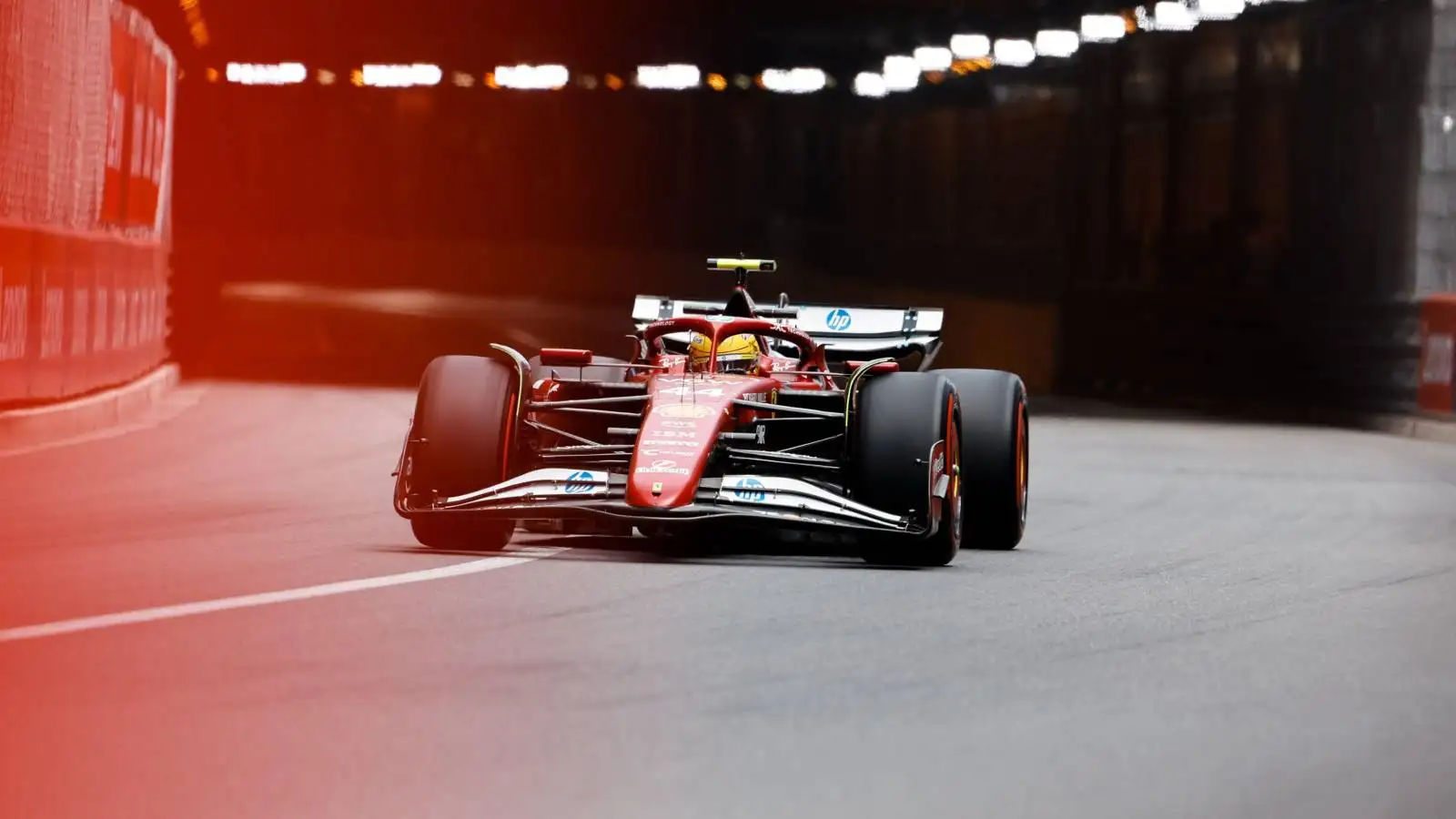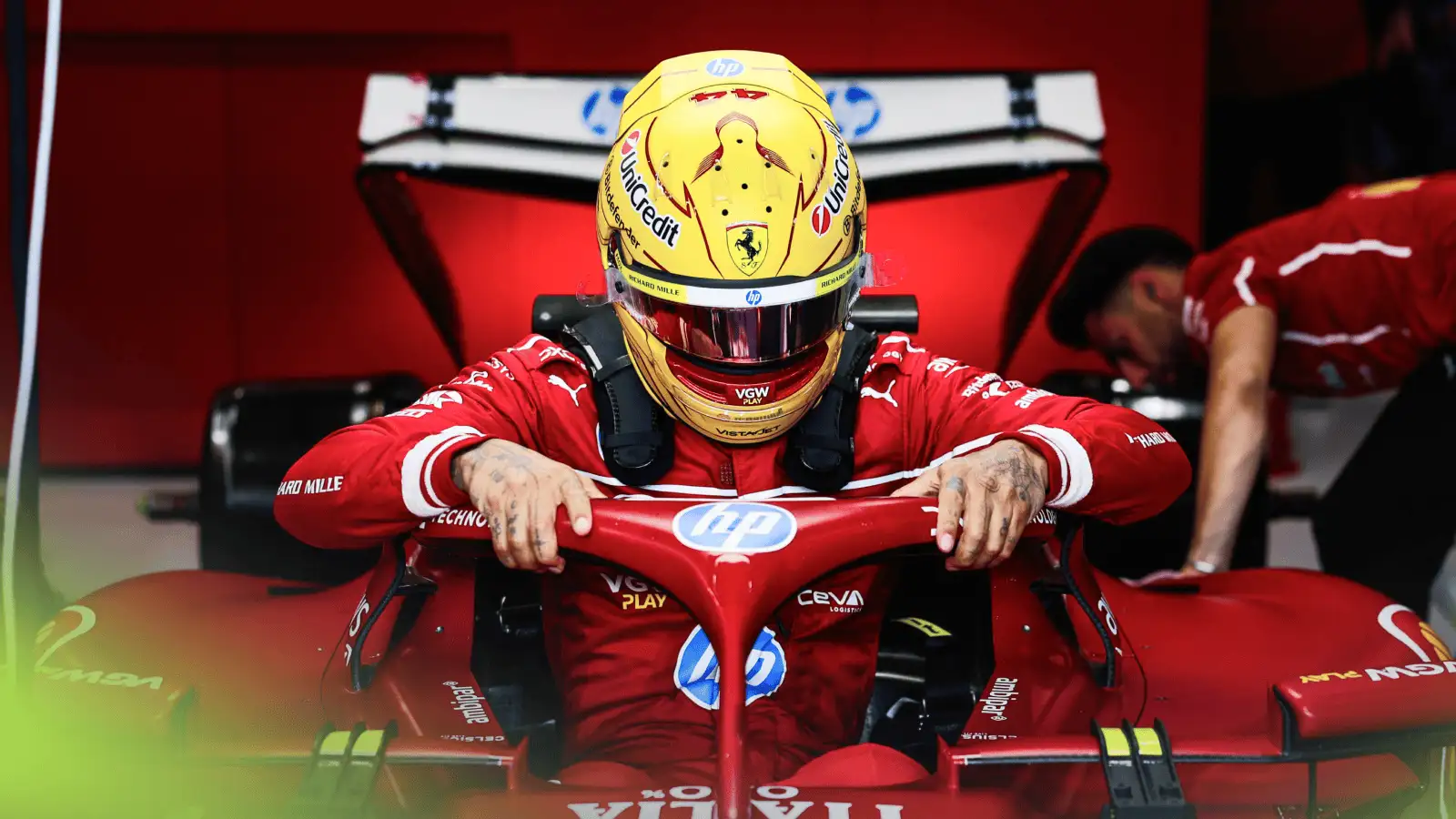George Russell’s stunning win at the 2024 Belgian Grand Prix took a sharp turn when his car was found to be underweight in post-race checks.
Russell’s brilliant one-stop strategy at Spa kept him ahead of teammate Lewis Hamilton in the closing stages, securing what seemed to be his third career GP win. Yet, an hour and 10 minutes post-race, FIA technical delegate Jo Bauer’s report put Russell’s victory in jeopardy.
The rule at the center of this drama is Article 4.1 of F1’s technical regulations, which states: “The mass of the car, without fuel, must not be less than 798kg, at all times during the competition.” Russell’s car initially weighed in at exactly 798kg but still had to be drained of fuel to comply with Article 6.5.2.
Article 6.5.2 demands “Competitors must ensure that a 1.0 litre sample of fuel may be taken from the car at any time during the competition.” When drained to meet this requirement, Russell’s car fell short, showing 796.5kg on the scales. This 1.5kg deficit led to the disqualification.
The Spa stewards’ decision came almost 40 minutes after Mercedes appeared before them. Their statement confirmed: “Car 63 was weighed on the FIA inside and outside scales with both scales showing the same result of 796.5kg.” Mercedes acknowledged it was a genuine team error, making an appeal unlikely.
Meanwhile, Lewis Hamilton was handed his second win of the season following Russell’s disqualification. The situation mirrored Sebastian Vettel’s 2021 Hungarian GP experience, where similar fuel sample rules led to his disqualification.
This twist not only reshaped the Belgian GP results but also altered the championship standings, emphasizing the strict adherence to F1’s technical regulations.
Russell’s heartbreak at Spa serves as a stark reminder of the precision required in Formula 1. As the championship progresses, teams must ensure every detail is meticulously managed, or face the consequences.










